How to Grow Poblano Peppers
Poblanos are one of my favorite peppers to grow and use. These mild chili peppers are versatile in the kitchen and relatively easy to grow. Here’s a guide to help you grow poblano peppers, with tips for hot climates and some interesting facts about these flavorful peppers.
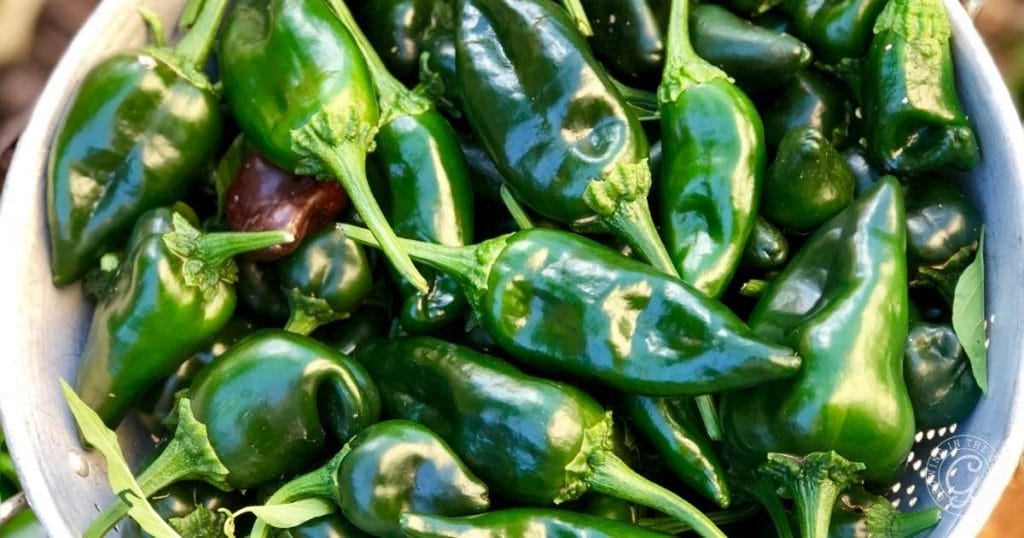
Article Outline:
- What Are Poblano Peppers?
- Interesting Facts About Poblano Peppers
- Starting Poblano Peppers from Seeds
- Planting and Caring for Poblano Peppers
- Harvesting and Storing Poblano Peppers
What Are Poblano Peppers?
Poblano peppers are a type of chili pepper native to the state of Puebla, Mexico. They are known for their mild heat, with a Scoville rating of 1,000 to 2,000 units. When dried, they are called “ancho” peppers and are often used in Mexican cuisine, particularly mole sauces.
Interesting Facts About Poblano Peppers
- Dual Identity: Fresh poblano peppers are green and mild, but when dried, they become darker and are called “ancho” peppers, which have a rich, smoky flavor.
- Popular in Mexican Cuisine: Poblanos are a key ingredient in dishes like “chiles en nogada” and “chile relleno.”
- Versatile in the Kitchen: They can be stuffed, roasted, or used in sauces, adding a mild spice to various dishes.
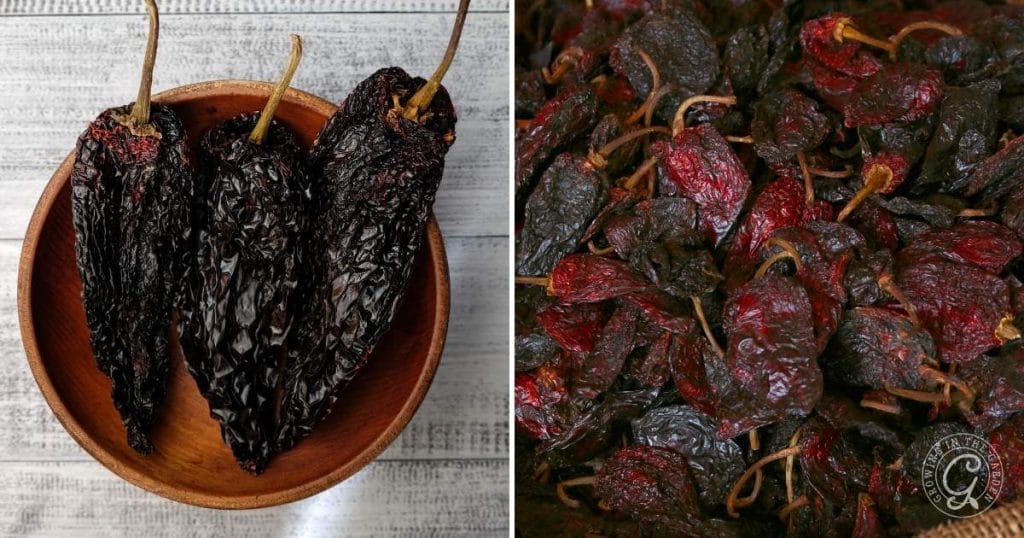
Starting Poblano Peppers from Seeds
Start poblano peppers from seeds indoors about 8-10 weeks before planting outside. Sow the seeds 1/4 inch (6mm) deep in seed-starting mix. Keep the soil moist but not waterlogged, and maintain a temperature of 65-75°F (18-23°C) for optimal germination.
Once the seedlings have at least two sets of true leaves and the outdoor temperatures are consistently above 60°F (15°C), transplant them to your garden or containers.
In the low desert of Arizona plant poblano peppers in your garden from mid-February through April. There is a second planting window during the monsoon season from mid-July through September.
Planting and Caring for Poblano Peppers

Poblano peppers thrive in full sun, so pick a location that receives at least 6-8 hours of direct sunlight each day. Consider providing afternoon shade for your plants once temperatures are consistently above 90°F (32°C).
These peppers prefer well-drained soil that is rich in organic matter. Amend soil with compost and worm castings before planting. Feed throughout the growing season with additional compost as needed.
Plant poblano peppers about 18-24 inches (45-60cm) apart to give them room to grow. The plants get large, and the brittle branches grow best with some support. A tall tomato cage works well. Learn more about how to prune peppers in this blogpost.
Poblano peppers need regular watering. However, overwatering can lead to root rot and other issues. Water the plants deeply once or twice a week, allowing the soil to dry slightly between waterings. During hot, dry weather check your soil; you may need to water more frequently. Apply a layer of mulch around the base of the plants to help retain moisture.
Poblano peppers are relatively resistant to pests, but be on the lookout for common garden pests like aphids and spider mites.
Harvesting and Storing Poblano Peppers
Unlike other peppers left on the plant until fully ripe, poblano peppers are normally harvested before their color changes to a ripe reddish-brown. Once they reach full size and stop growing, wait about one week and then harvest them. They are best when harvested very firm and with a deep green color.
Use pruners to cut the peppers from the plant, leaving a small portion of the stem attached. Be gentle to avoid damaging the plant. Fresh poblano peppers can be stored in the refrigerator for up to two weeks. They can also be dried, roasted, or frozen for longer storage.
Source:
Other Pepper Growing Resources:
- Types of Peppers – Pepper Varieties
- How and When to Prune Peppers in Mild-Winter Climates
- How to Grow Peppers – Growing Peppers

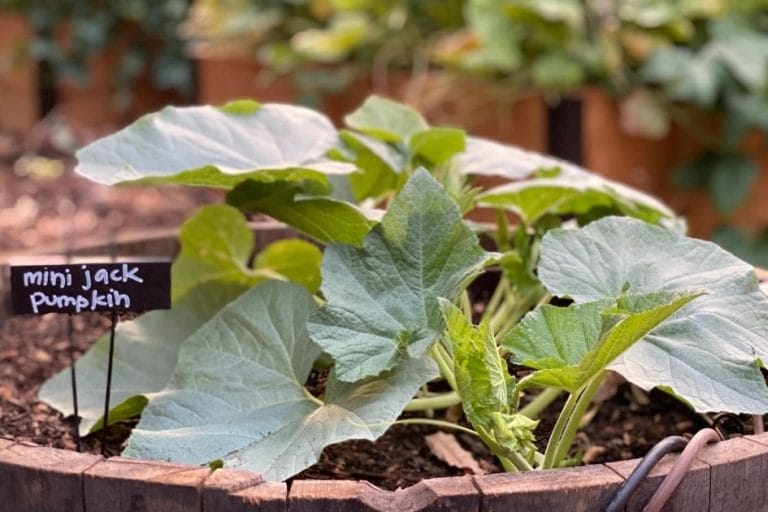



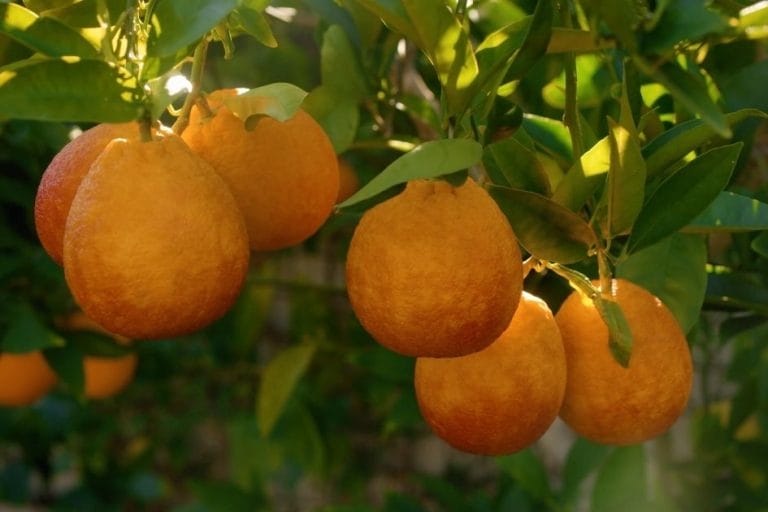
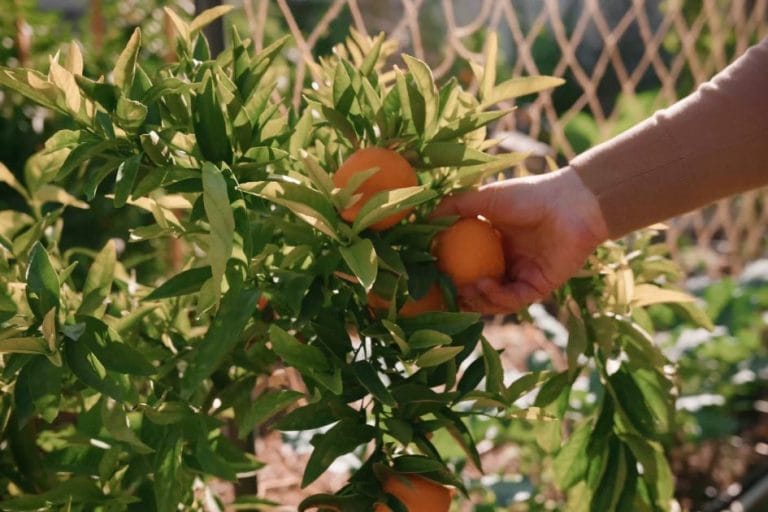
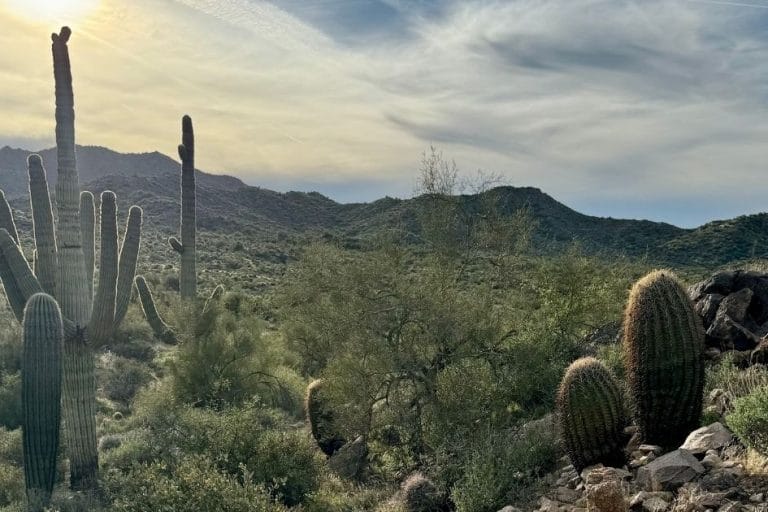
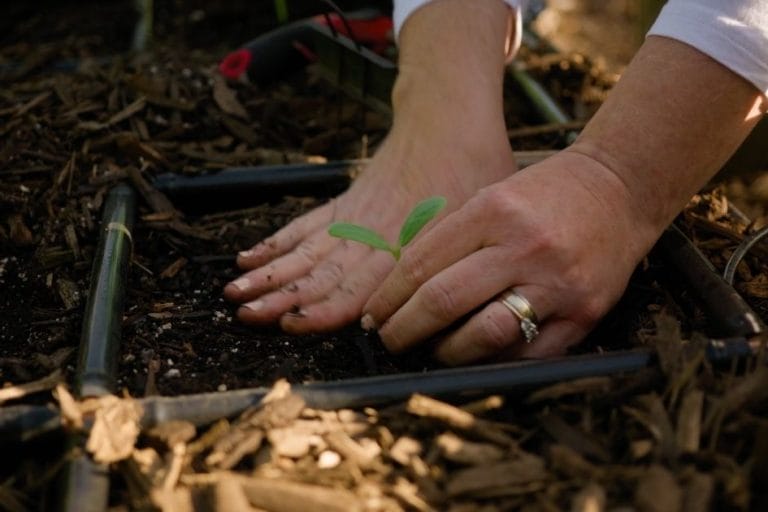
Leave a comment on How to Grow Poblano Peppers